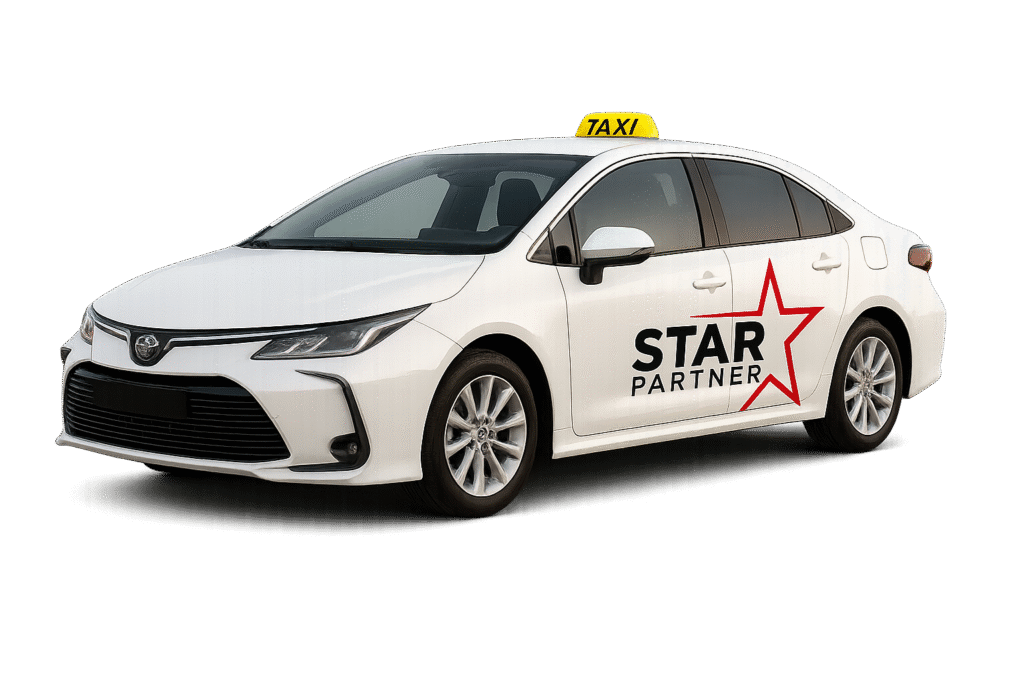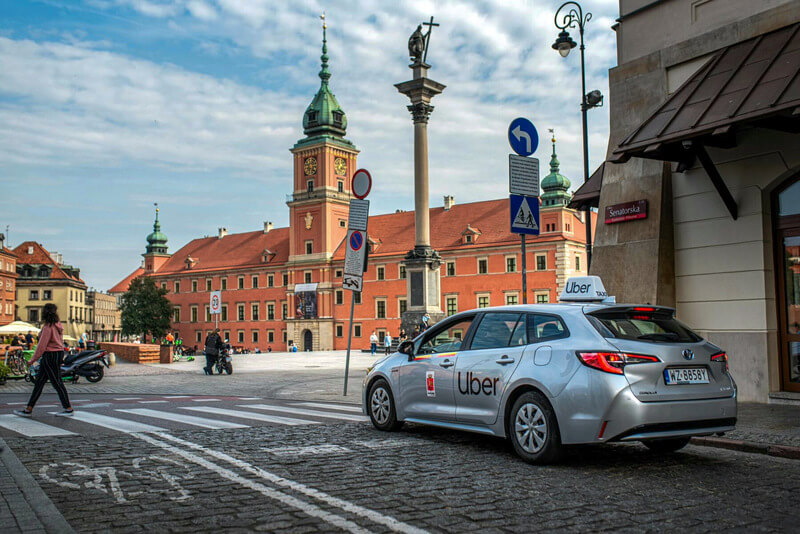Warsaw remains the most promising taxi market in Poland. Candidates interested in working through apps (Uber, Bolt, FreeNow) can expect wide opportunities, but success depends on a thoughtful calculation of costs and profits.
The average monthly income for a taxi driver in Warsaw is 8,000–12,000 PLN gross. These amounts are achievable with a full schedule, dynamic work, and good knowledge of the city. In the most intensive weeks, earnings can be even higher. The highest earners are those who work at night, on weekends, and during major events.
Key costs of running a taxi in Warsaw:
- Fuel – this is one of the biggest costs, typically ranging from 1,500 to 2,500 PLN per month. Choosing a hybrid or LPG car can significantly reduce this expense.
- OC+TAXI insurance – the price for a full year is usually 4,000–5,000 PLN. Newer cars and a better driver history can lower this amount.
- Service and maintenance – replacing parts, tires, and repairs after urban driving average 300–600 PLN per month.
- Vehicle depreciation – it’s worth considering the real “loss of value” of the car with intensive use in the city.
- Additional taxi vehicle inspections and tests – these are more expensive than for a private car and are required more frequently.
The best earners are active and flexible drivers. Those who use several apps at once and plan their schedules to drive during the most profitable times—evenings, nights, weekends, and major city events—maximize their income. A good result is also achieved by drivers who use their own car or rent one from a fleet partner (this allows testing the job without large personal investments).
Most drivers confirm that you can earn well as a taxi driver in Warsaw, provided you are committed and carefully calculate your vehicle’s operating costs. Those starting their taxi adventure should first test their abilities in a rented car or accurately calculate their monthly expenses.
In conclusion – driving a taxi in Warsaw in 2025 is profitable for candidates who approach the choice of a car thoughtfully, manage their time flexibly, and control their costs.


